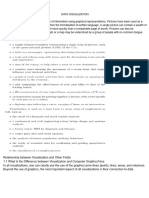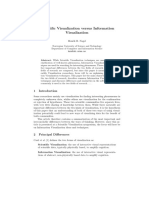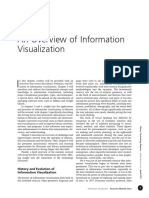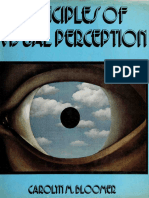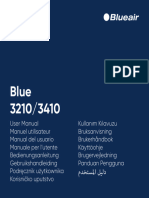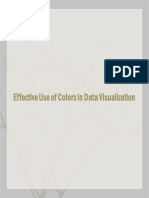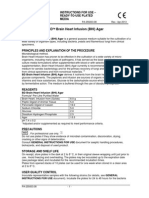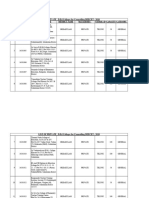0% found this document useful (0 votes)
34 views23 pagesInformation Visualization
This document defines and discusses information visualization. It begins by defining visualization and visualizing as making abstract data visible to the mind. It then discusses pre-attentive processing and Weber's law regarding the just noticeable difference in stimuli. The rest of the document discusses what information visualization is, the types of data it can represent, common tasks it supports, challenges, and best practices like separating signal from noise.
Uploaded by
Roland RüttenCopyright
© © All Rights Reserved
We take content rights seriously. If you suspect this is your content, claim it here.
Available Formats
Download as PDF, TXT or read online on Scribd
0% found this document useful (0 votes)
34 views23 pagesInformation Visualization
This document defines and discusses information visualization. It begins by defining visualization and visualizing as making abstract data visible to the mind. It then discusses pre-attentive processing and Weber's law regarding the just noticeable difference in stimuli. The rest of the document discusses what information visualization is, the types of data it can represent, common tasks it supports, challenges, and best practices like separating signal from noise.
Uploaded by
Roland RüttenCopyright
© © All Rights Reserved
We take content rights seriously. If you suspect this is your content, claim it here.
Available Formats
Download as PDF, TXT or read online on Scribd
/ 23































